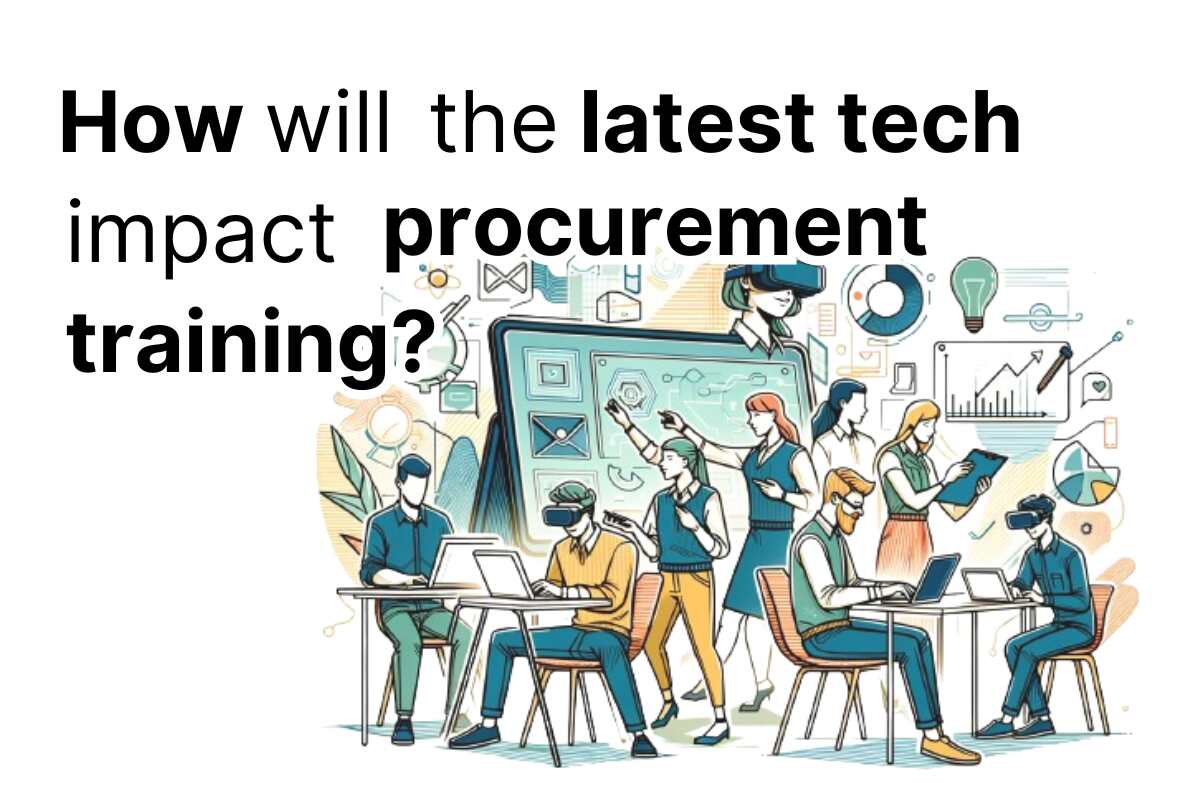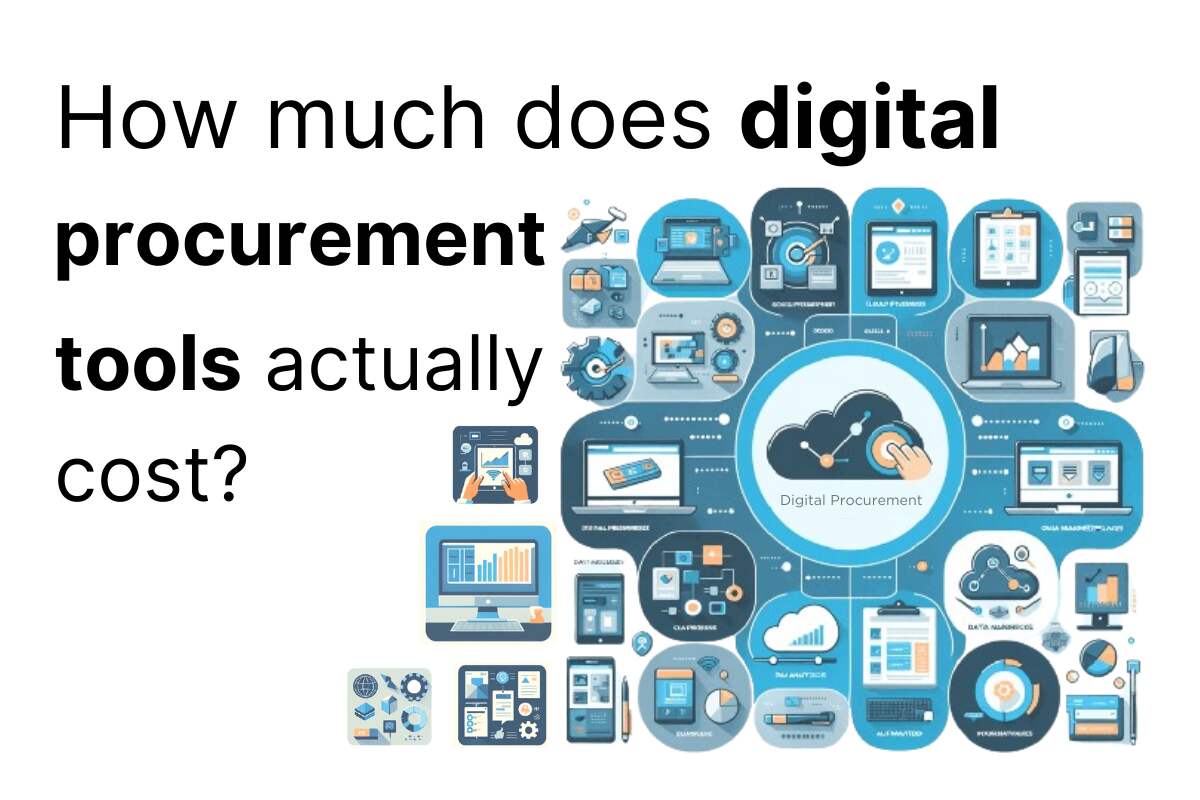This statistic comes from a recent article all about the procurement analytics software market and its potential to explode in terms of growth. It comes from a market research company called Research and Markets, who recently released a report on this topic.
Just for the record, I definitely didn’t spend the $4,500 price tag they’re charging to read it in full!
It states that the procurement analytics market size is to grow from $2.6 billion in 2021 to a projected $8 billion by 2026. This corresponds to a compound annual growth rate (CAGR) of 25.3% during that period.
With the amount of new procurement podcasts which have mushroomed over the past 2-3 years, it’s clear to see that interest in procurement is growing. This would also support their research that the sector has significant upside.
Where does digital procurement tech have most potential?
The article defines procurement analytics as
the process of using quantitative methods to derive actionable insights and outcomes from data. It involves the capture and use of data to support fact-based decision-making. It typically reports what has happened in the past and creates estimates, using predictive analytics based on historical data to guess what will happen in the future.
For the sake of this short piece, I’m going to assume that procurement analytics refers to digital procurement technology in the more overarching sense. We’re not limiting this definition to just spend management and transactional procurement tools.
In other words, I would lump e-sourcing, contract management and certain supply chain risk and resilience technology into this definition too.
I would exclude procurement technology around ESG, planning and SRM from this definition. These solutions are typically less analytics focused.
Beyond enterprise, there’s lots of opportunity
When we consider that beyond large, enterprise level organisations, most companies haven’t yet really started their journey of digital transformation in procurement, it’s not surprising that there is so much growth potential.
Let’s look at mid-market businesses, for example. A lot of them haven’t even achieved basic invoice process automation. For inbound invoices, designing a basic three-way matching automation bot doesn’t require cutting edge technical expertise or a particularly expensive IT solution. This is something that can be purchased for a few thousand dollars.
So, if we accept the assumption that a lot of this market is still very greenfield, this definitely sounds about right to me in terms of the growth potential. This level of projected annual growth in the procurement software market is both realistic and achievable, maybe even underestimated.
It goes on to say that the SME segment will hold a higher CAGR during that forecast period, which also aligns with what I mentioned above. Also, that the APAC region will hold the highest CAGR during that forecast period.
In SMEs, procurement is still very Excel and email-driven
Let’s take the SME sector first, which is the sector that is the least digital right now.
Why is that? It’s faster to drive change in SMEs, so don’t they have an advantage over large corporates in that regard? Well, theoretically, yes they do.
But historically, going back five or more years, there were only really the large enterprise level suites on the market. The price of cloud-based procurement software was relatively expensive. Indeed, it would’ve been beyond the reach of most SMEs.
What’s more, without someone in the organisation to give a convincing argument of the business case and ROI, little wonder there was never the investment. I’ve mentioned before many times on my podcast about how procurement professionals are dreadful marketers and storytellers!
It wasn’t as easy, even just 5 years ago, to implement a simple robotic process automation or a simple spend data analytics system. The software out there was just too expensive and too cumbersome. Implementation just took too long. And, on top of that, it was a costly consulting project necessary to embed the software into existing systems.
Most small and medium sized businesses just don’t have the budget to finance this kind of IT consulting project. So, the analysis from this article and the growth potential over the coming years all makes a lot of sense to me.
Procurement analytics software covers a lot of different bases and covers a lot of different technology possibilities. The article goes on to list about 15 of them. You can also see from the different tags and categories that we have on ProcurementSoftware.site, that there are a very diverse range of categories.
When we look at the biggest growth potential is, it seems obvious that it won’t be in large corporates.
The growth will be in relatively basic, affordable cloud-based technology that can be deployed in both small and medium sized businesses, and also in emerging markets.
Beyond developed markets, digital procurement is immature too
This matches what the article is saying about the APAC region. This is a part of the world which is not only growing rapidly, but also has a strong manufacturing base and a healthy tech ecosystem. This is especially true when we look towards India and China; the two economic powerhouses of that region.
In terms of both adoption of procurement technology, as well as organisational maturity of procurement as an added-value, strategic function, APAC is some way behind Western Europe and North America.
So, is the article right?
In conclusion, it may at first seem like quite a surprising statistic that the market for procurement analytics software is expected to grow to such a big number. But then, compare it to the breadth and maturity of sales or marketing technology, or fintech. In that light, we’re really just getting started when it comes to procuretech.
Add into this all of the geopolitical instability, supply chain disruption and the inflationary environment we currently find ourselves in. This is all driving an increased pressure for cost reduction and greater operational efficiency.
Companies are slowly waking up to the need to have a good grasp of what is being purchased. This means bringing all spend management under the umbrella of professional procurement teams. Better data analytics, dashboards and centrally stored documents and data will all help in achieving this goal.
With this backdrop, significant growth in the procurement technology market really isn’t all that surprising.


